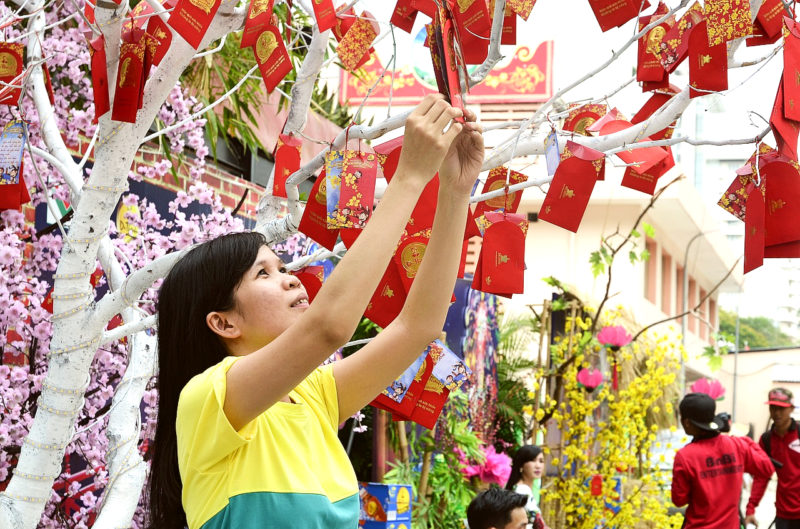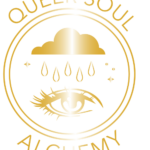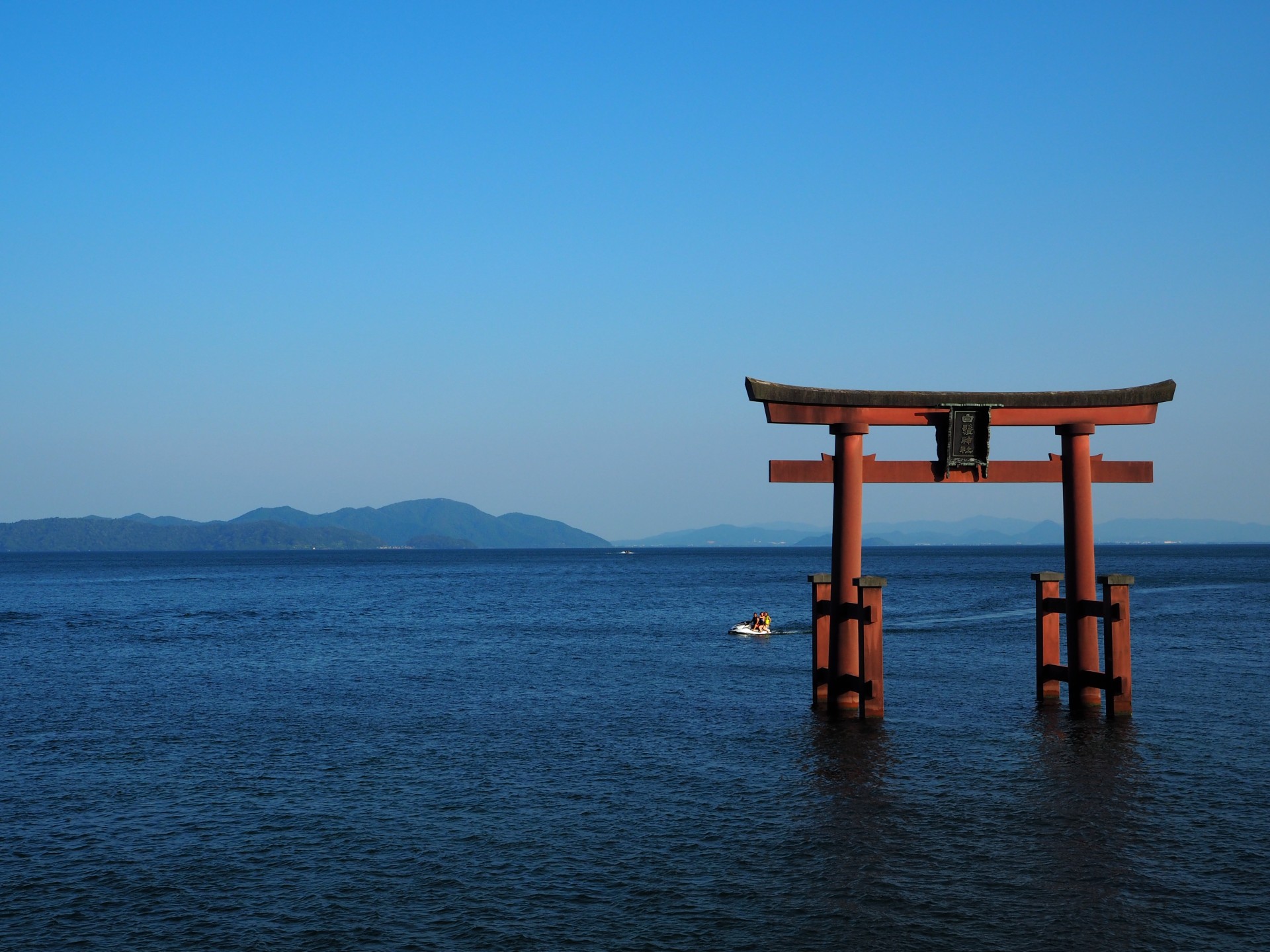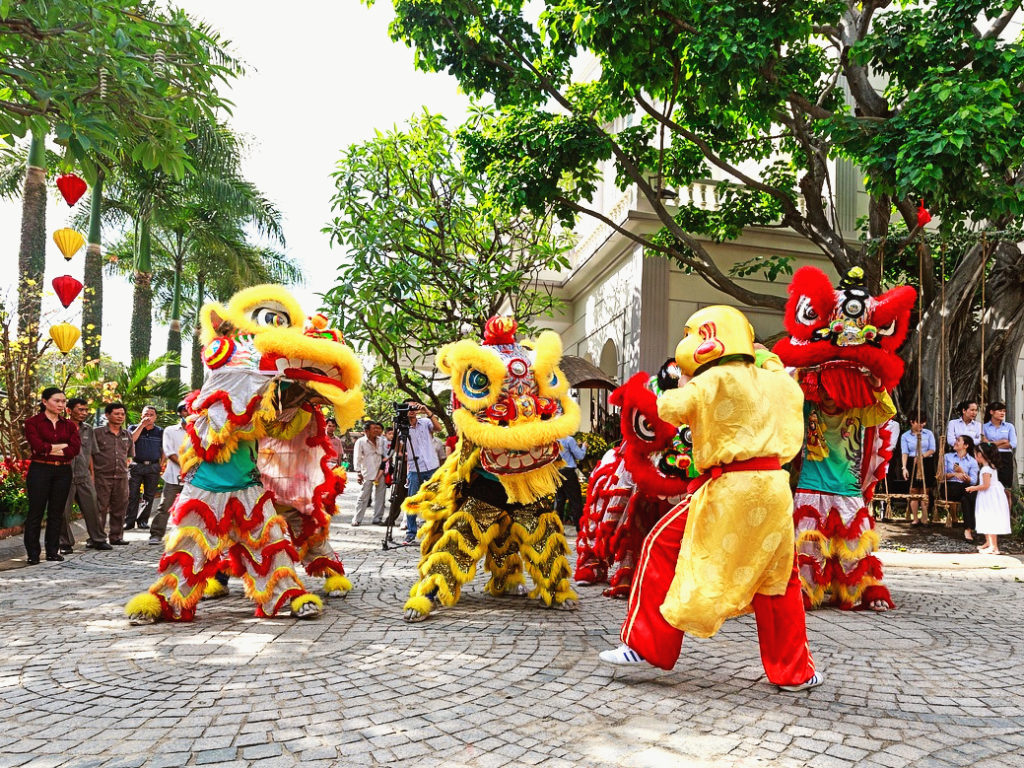
The Lunar New Year is known in Vietnam as Tet, short for Tet Nguyen Dan. This translates to “the first morning of the first day of the new year”. In the build-up to Vietnam’s Lunar New Year, streets are lined with flowers, parties are thrown, and dragon dances are perfected. Everyone seems to be cooking, cleaning, and getting ready for the big day. The smell of incense is everywhere. There’s a festival atmosphere in the air weeks before the actual day of Tet, and even the quietest areas of the country spring to life.
If you’re planning to travel during Tet, it’s worth noting that public transport is at its busiest during this season. Many family members who live in separate provinces will return to their hometowns during this period. So if you’re looking to travel, be sure to book well in advance – even airfares sell out quickly.
When is the Lunar New Year in Vietnam?
The dates of the Lunar New Year in Vietnam differ year by year, depending on the lunar calendar. In 2021, it falls on February 12, and lasts around a week. Tet is by far the most important festival in Vietnam. For many workers, it is the only time of year when a holiday is taken. This can be anywhere from three days to a fortnight.
As a result, it’s worth being a little prepared if you’re staying in Vietnam during Tet. Stock up on food and source some international restaurants as many local markets and eateries will close for a few days.
How do the Vietnamese celebrate Tet?
The immediate weeks prior to Tet involve a lot of cleaning and cooking. There is also quite a lot of partying! The sound of karaoke and the clinking of glasses can be heard almost anywhere in Vietnam for a week or two before.
In contrast, the very first day of Tet is a quiet family affair. Families all over the country will reunite and pay their respects to deceased elders. Many Vietnamese people take part in ancestor worship, believing the dead to still be around them in spirit form.
Offerings are made to ancestors in the form of food, drink, and fake money. Gifts such as these are made throughout the year, but they are especially important during Tet. It’s believed they keep ancestors happy in the afterlife and ensure good luck for those still living.
After the first day of Tet, families may open their houses to friends and neighbors. Households will have a food selection on a prominent table for guests who come to visit.
Local beliefs to be aware of
Most importantly, don’t visit anyone’s home on the first day of Tet unless you’ve been specifically invited. There is a belief that the very first person to enter a home during Tet can affect the fortunes of that household for the next 12 months.
As a result, locally successful or well-respected people are often given the duty of being the “first caller”. Sometimes, the owner of the house will simply leave their house and re-enter it, just to be the first visitor and avoid any bad luck.
If you are staying with a Vietnamese family and are helping out with the household chores, make sure you don’t do any cleaning or sweeping over Tet. All cleaning should be done the week before, as people don’t want to “sweep away” any good luck during the season itself!
Remember to smile! Tet is a season in which good luck is welcomed, and having negative vibes around, even in the shape of a grumpy face, isn’t wanted by anyone. Be positive with your language and even wear bright colors if you have them.
Each Lunar New Year in Vietnam ushers in a new zodiac year too. 2021 will be the year of the buffalo. These animals are revered in Vietnam, given the role they play in rice farming. Those born in buffalo years are seen as being both patient and hardworking.
Traditional Tet food
Like most festivals, food forms an important part of the Vietnamese Lunar New Year. Tet comes with its own special menu, and families will do a lot of cooking in the build-up to Tet. If you’re lucky, you may get invited by your Vietnamese host to try some of the following lip-smacking delicacies!
Sticky rice cakes
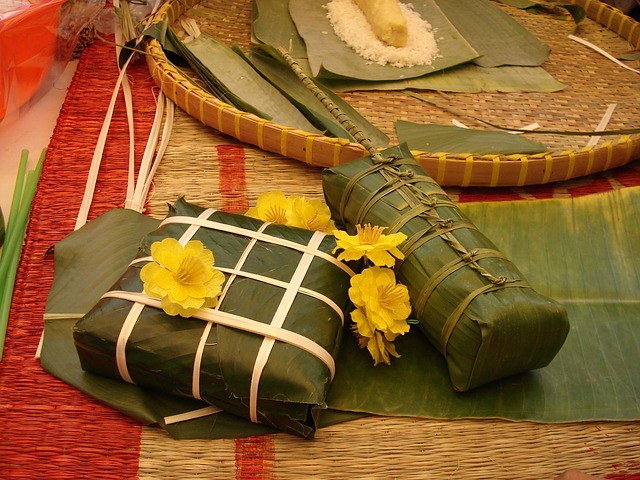
Known locally as banh chung, you’ll see sticky rice cakes wrapped in banana leaves. They’re made of rice and mung beans, sometimes with pork added. The wrapping of sticky rice cakes is a popular sight in many places in Vietnam, and with so many to make, you’ll often see a whole family involved in the process.
Fruit candies
Mut is sugared fruit and you’ll typically see pineapples, apricots, and coconuts transformed into sweet treats. Many families will make their own mut, and if the kids don’t eat it all first, you’ll likely be offered them if invited into a Vietnamese home over Tet.
Toasted watermelon seeds
These can be seen in Vietnam most of the year, often served in bars with beer or coffee. But they’re eaten with aplomb during Tet. Families will have an almighty bowl of these moreish nibbles. There’s a genuine art to cracking the soft shell off with your teeth, whilst keeping the inner seed intact.
Rice wine
Tet is also a time for drinking, and in the weeks before Tet, it’s not uncommon to find a lot of rice wine sipped in the name of celebration!
Red envelopes and prosperity
If you’re in Vietnam during Tet, you may see packs of red envelopes for sale in local stores. There’s also a chance that you’ll see happy-looking children carrying one! In various parts of Southeast Asia, red envelopes containing money are given during special occasions.
In Vietnam, these are given to children during Tet. Whilst it’s okay to give them to anyone younger than you, they’re normally given within extended families. Older siblings may give them to their nieces and nephews. Often, the children will pass the money on to their parents. Other families allow their children to keep the money for themselves.
Money given in red envelopes during Tet is considered “lucky money”. The tradition comes from China, where red is considered to be a color that symbolizes good things. If you’re staying with a Vietnamese family, you can join in by giving red envelopes to their children. Anything from 1 to 5 USD per envelope is fine — the symbol is more important than the amount. However, there is no pressure on you to do so!
Kumquat Trees and marigolds are also popular symbols seen around Tet. Both are considered signs of a prosperous future.
If you’re traveling in Vietnam during the Lunar New Year, open your heart and mind and embrace the festivities! And don’t forget to say chuc munh nam moi to everyone you meet — that way, you’ll be wishing them a happy new year!
About TourHero
TourHero is a social travel platform that enables you to travel with like-minded people and fall in love with the journey. We work closely with handpicked local operators to ensure every experience curated is unique and exclusive to your travel group. Come with us on epic adventures and create memories that last a lifetime!
